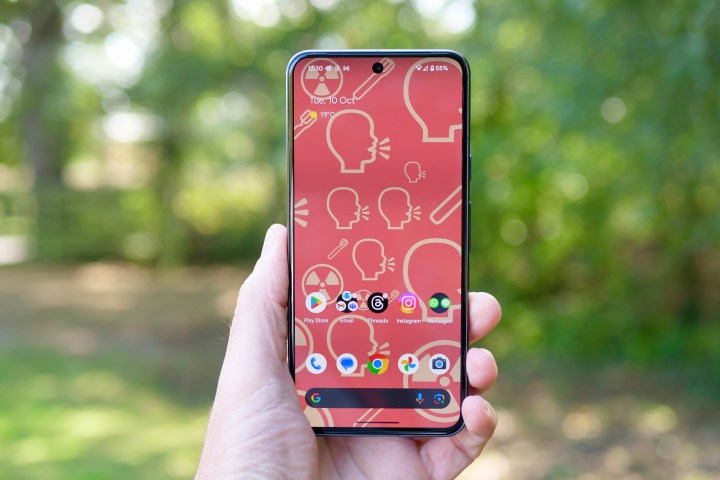
Last week, Google launched an impressive June Pixel update. According to the folks at Droid Life, however, many Pixel device owners have still not received the software update.
As of today, June 18, T-Mobile and Verizon customers are still waiting for the update. Because Google Fi operates on T-Mobile’s network, these individuals are also waiting for the update to drop.
Technically, Google isn’t late in pushing out updates to everyone. In announcing the update launch, the company said updates would start on June 11, and “the rollout will continue over the next week in phases, depending on carrier and device.”
This hasn’t sat well with some U.S. Reddit users who aren’t exactly happy they haven’t gotten their hands on the new software goodies. One, for example, noted, “Looks like another day…no update. Come on, Google,” while another asked, “Why does carrier even matter? I previously used iPhone, everyone got the update on the same day.”

Why the concern? The June update is packed with great new features, especially for folks with a Pixel 8 or Pixel 8a who can now use Gemini Nano, the company’s most efficient AI model for on-device tasks. The feature was once only available on the Pixel 8 Pro.
Additionally, for Pixel 8 owners, the update brings an important upgrade to the Find My Device app. This update will allow users to locate their phone even when the battery is off or dead. The Pixel 8a, Pixel 8, and Pixel 8 Pro will now support Display Port, enabling users to connect to a larger display, such as a computer monitor, via USB-C. The update also includes improvements to the native Recorder app, reverse number lookup, camera updates, and more.
Everyone will undoubtedly get this update from Google eventually. Hopefully, that day is today for Verizon and T-Mobile customers.

